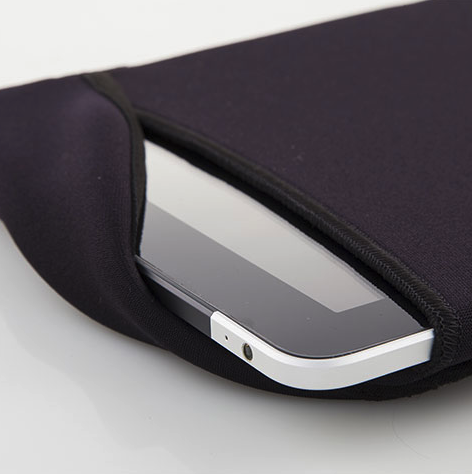Key Points/Overview
Neoprene’s flexibility makes it well-suited for many medical uses such as padding for wrist and knee brace padding, and personal protective equipment (PPE). Laboratory personnel who handle chemicals may use synthetic rubber gloves made of neoprene to protect their hands from extended chemical contact.
Due to its abrasion- and weather-resistant properties, neoprene is used in a variety of auto parts such as fan belts, hose covers, shock absorber seals and breaking and steering component systems. It is also used in a variety of building applications including electrical insulation, adhesives and asphalt products.
Other applications for neoprene include aquatics and scuba fabrics, laptop sleeves and exercise equipment.
Neoprene is largely inert and therefore generally non-hazardous in consumer applications. Occupational exposure to chloroprene, which is used to make neoprene, can occur through skin contact or inhalation, and wearing PPE in manufacturing settings can help reduce or prevent exposure to chloroprene.
Uses & Benefits
Today, neoprene is used in a wide variety of applications including medical, automotive, building and construction, aquatics and electronics.
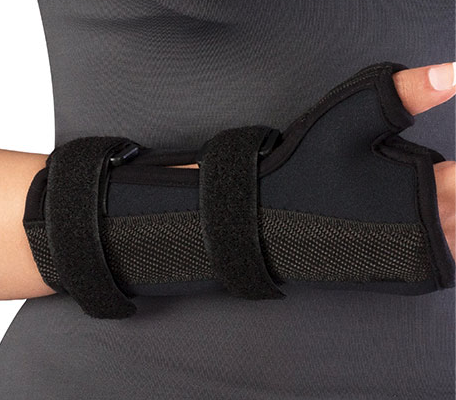
Medical Uses and Personal Protective Equipment (PPE)
Because neoprene is flexible and able to maintain its shape over time, it can be used to make padding for wrist and knee orthopedic braces. Laboratory personnel who handle chemicals may use synthetic rubber gloves made of neoprene—which tend to offer good pliability, finger dexterity, high-density and tear resistance—to protect their hands from extended chemical contact. Gloves made with neoprene can help protect the wearer’s hands from hydraulic fluids, gasoline, alcohols, organic acids and alkalis.
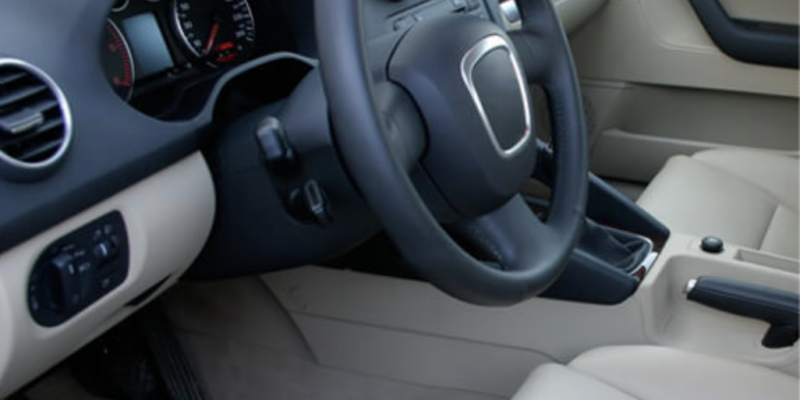
Automotive
Due to its abrasion-, tear-, oil- and weather-resistant properties, neoprene rubber is used to make auto parts, such as fan belts, hose covers, shock absorber seals, and breaking and steering system components. Neoprene fabrics are also commonly used to make car seat covers.

Building and Construction
Neoprene has a low oxidation rate and is used in a variety of building applications, including electrical insulation, adhesives and asphalt products. Thick neoprene-bearing pads are used in construction to endure the pressure of heavy weights and loads. Neoprene’s chemical inertness helps it resist impacts from weather, ozone and other outdoor variables, as well as withstand petroleum-based mixtures such as solvents, oils and greases.
Neoprene bearing pads are also used in bridges as a safety mechanism. They give bridges flexibility to minimize damage caused by movements. Because it is stable and unreactive, neoprene can also be used to make corrosion-resistant coatings and as a base for adhesives.

Electrical Applications
Due to its fire- and static-resistance properties, neoprene can be used as an insulator in power transformers, light bulbs and other electrical applications. Neoprene is also used in sealing gaskets for electricity to provide waterproof sealing, heat and static resistance and keep dust and contaminants out.

Aquatics and Scuba Fabrics
Neoprene is used to make wetsuits and fly fishing waders because it helps provide insulation against the cold. Wetsuits made from closed cell foam neoprene can provide insulation against cold water by trapping heat in the suit.
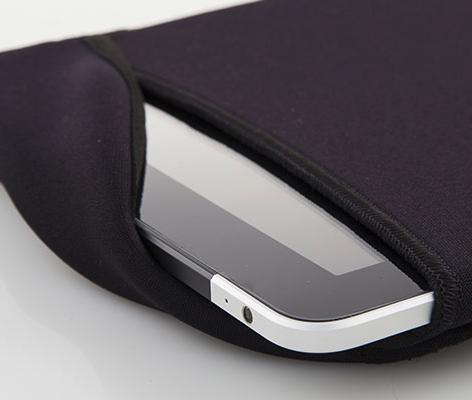
Other Uses
Neoprene’s cushioning abilities make it ideal for laptop sleeves and protection for other electronics. It is also used for exercise equipment as a soft coating for hand weights.
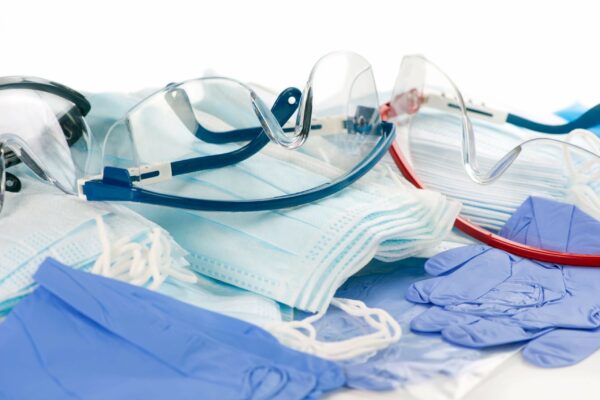
Safety Information
Neoprene is largely inert and therefore non-hazardous to consumers in products where it is used.
Exposure
Occupational exposure to chloroprene, which is used to make neoprene, can occur through skin contact or inhalation. Workers in neoprene manufacturing settings should take appropriate precautions to reduce or prevent exposure, such as wearing a self-contained breathing apparatus and PPE to minimize contact with skin and eyes.
Symptoms
Symptoms of acute exposure to high concentrations of chloroprene include giddiness, irritability, dizziness, fatigue, headache and respiratory irritation. Acute exposure may also damage the kidneys, lungs, liver and affect the central nervous system. Chronic exposure can cause fatigue, chest pains and liver function abnormalities.
The U.S. Environmental Protection Agency (EPA) has not classified neoprene as a carcinogen, and using products that contain neoprene is unlikely to cause exposure to chloroprene, as the levels of chloroprene in most neoprene-containing products is very low.
Did you Know?
- Each year 300,000 tons of neoprene are produced worldwide
- During World War II, all neoprene made in the United States was used to support the war effort. Tires, fan belts, hoses, seals and gaskets for vehicles and several types of gear were made using neoprene.

